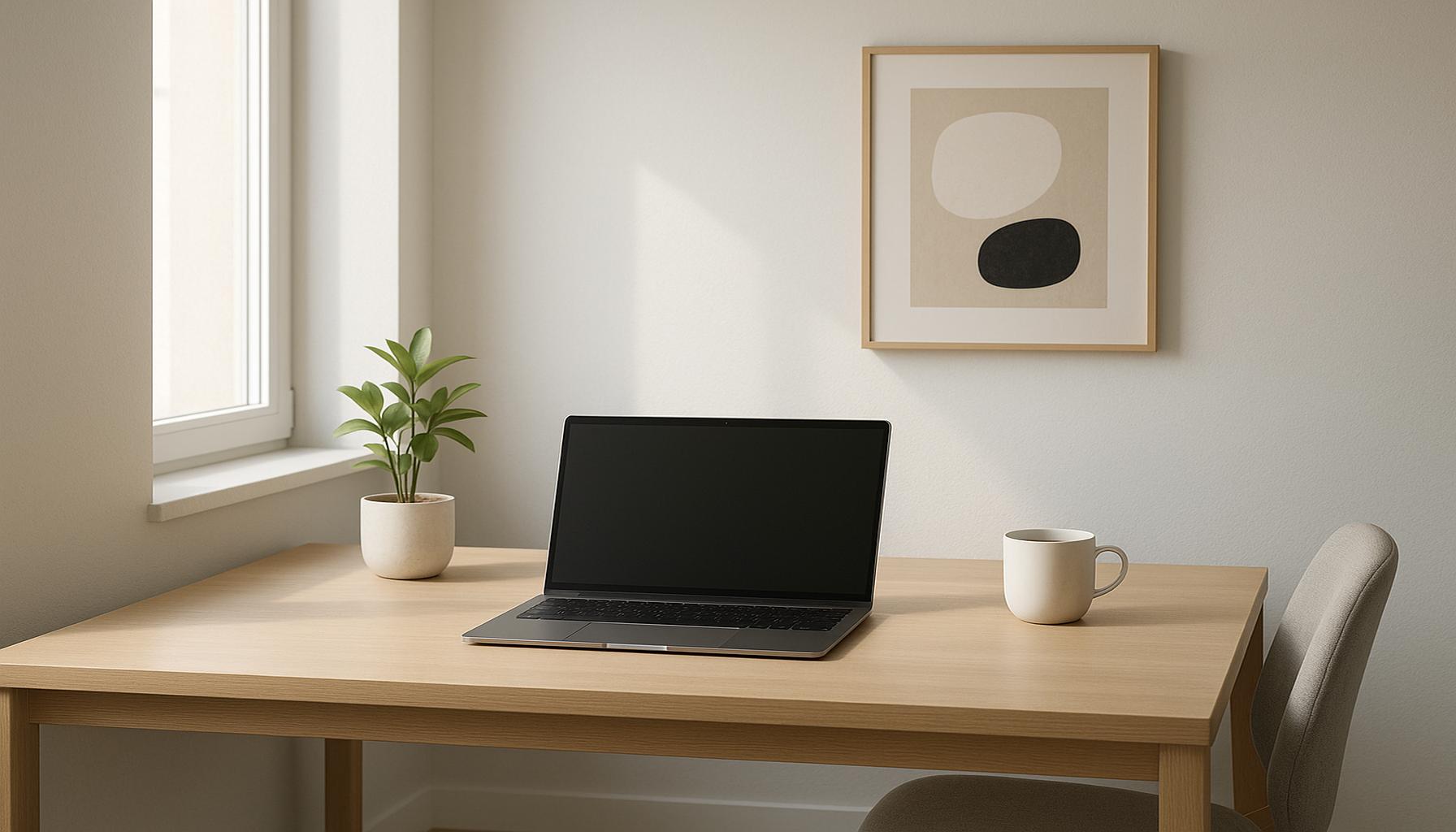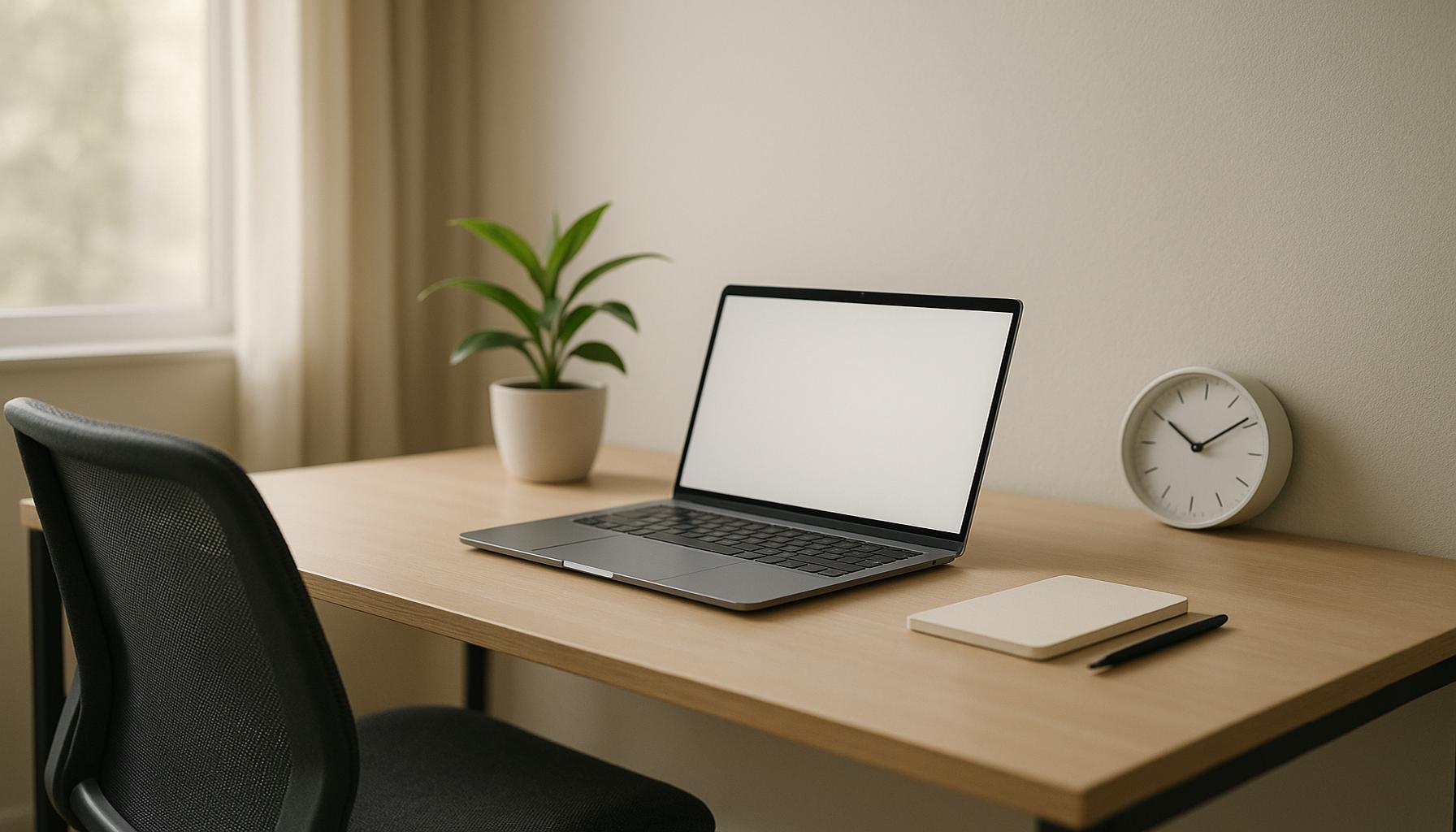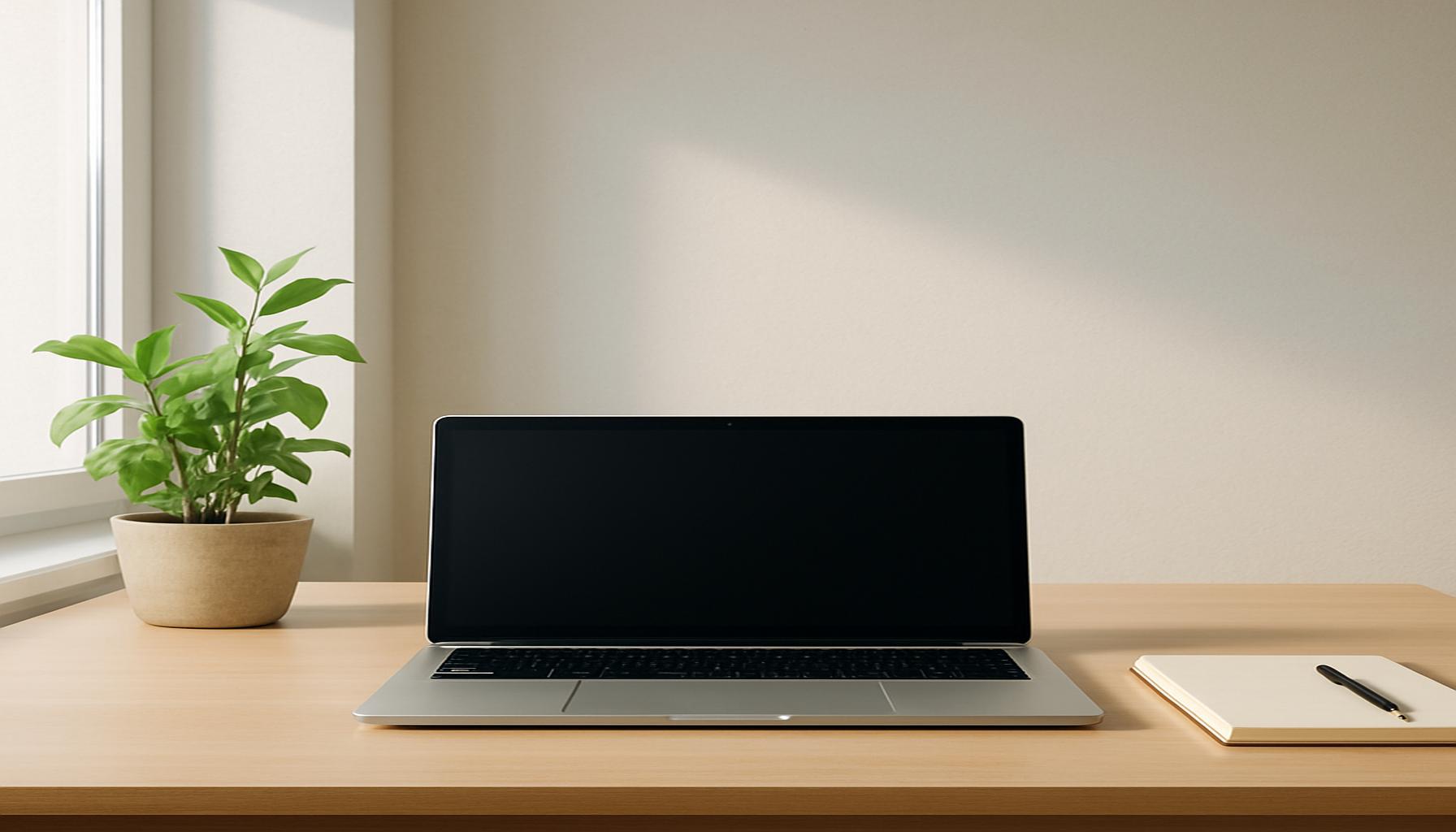Personal Organization Strategies for Maximum Efficiency in Minimalist Living
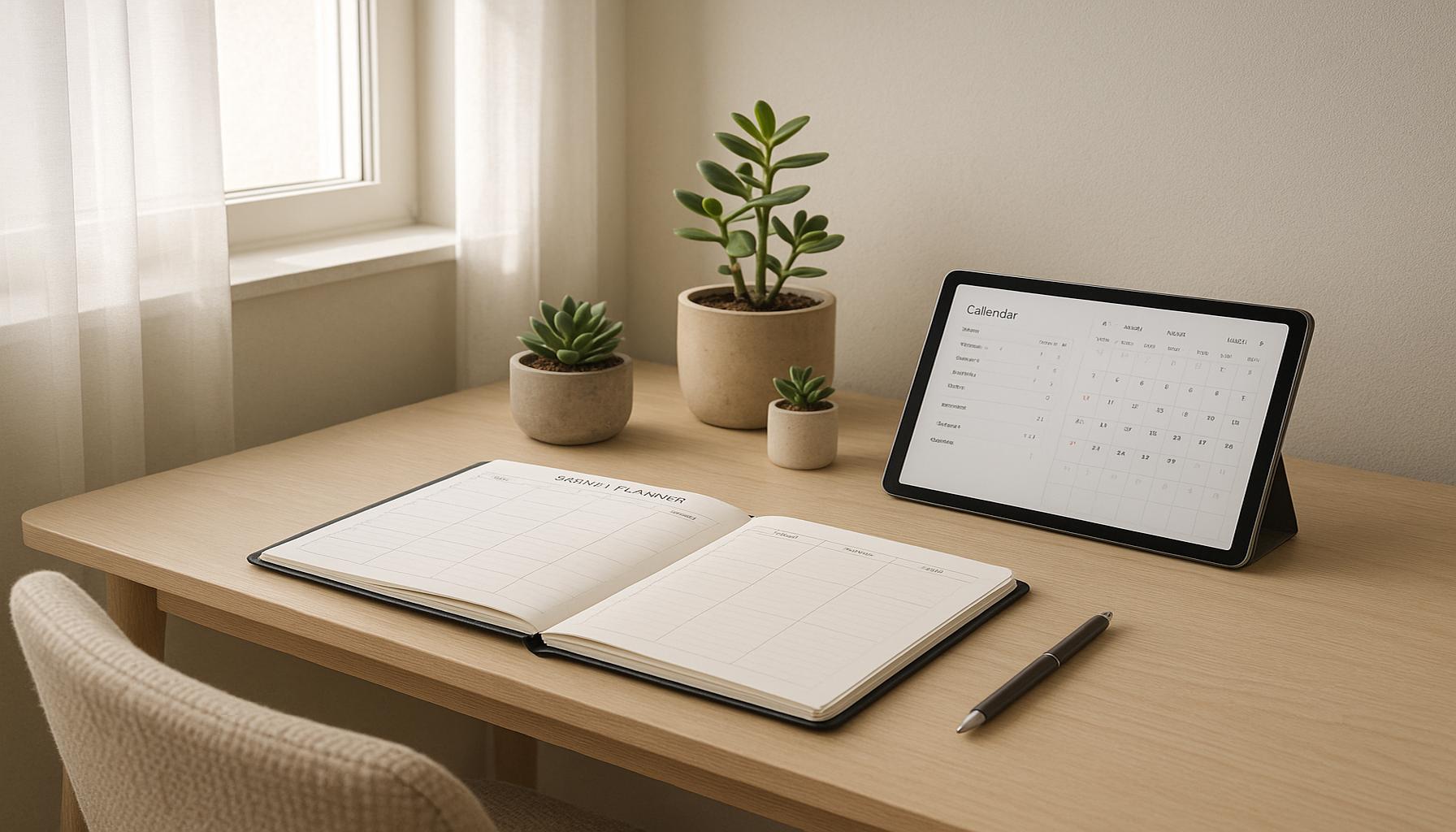
In today’s fast-paced world, the quest for efficiency drives many individuals to seek balance through minimalism. This lifestyle promotes the idea of simplicity, urging us to declutter not just our physical spaces but also our mental landscapes. With the right personal organization strategies, anyone can unlock a higher level of productivity while fully embracing a minimalist approach.
Understanding how to effectively organize your daily tasks and environment can be transformative. Consider the following key elements that make personal organization crucial for a minimalist lifestyle:
- Clarity: Reducing clutter leads to improved focus.
- Time Management: Prioritizing tasks enhances productivity.
- Intentional Living: Decisions become more concise and deliberate.
This article will delve into these vital aspects and present the Top 5 Strategies tailored for maximizing your efficiency. Prepare to explore innovative methods that promise to revolutionize the way you approach both your personal and professional life.
Top 5 Strategies for Personal Organization to Maximize Efficiency in a Minimalist Lifestyle
Embracing minimalism is not merely about reducing the number of possessions one owns; it embodies an entire philosophy focusing on the essence and purpose of your life choices. In a world that can easily drown us with excess information, choices, and material belongings, adopting a minimalist lifestyle allows one to focus on what truly matters. This can lead to a more streamlined daily routine, reduced stress levels, and enhanced personal well-being. The key to thriving in such a lifestyle is personal organization, which helps you align various aspects of your life efficiently and effectively.
Let’s delve into the five influential strategies that can significantly enhance your productivity and clarity in a minimalist lifestyle.
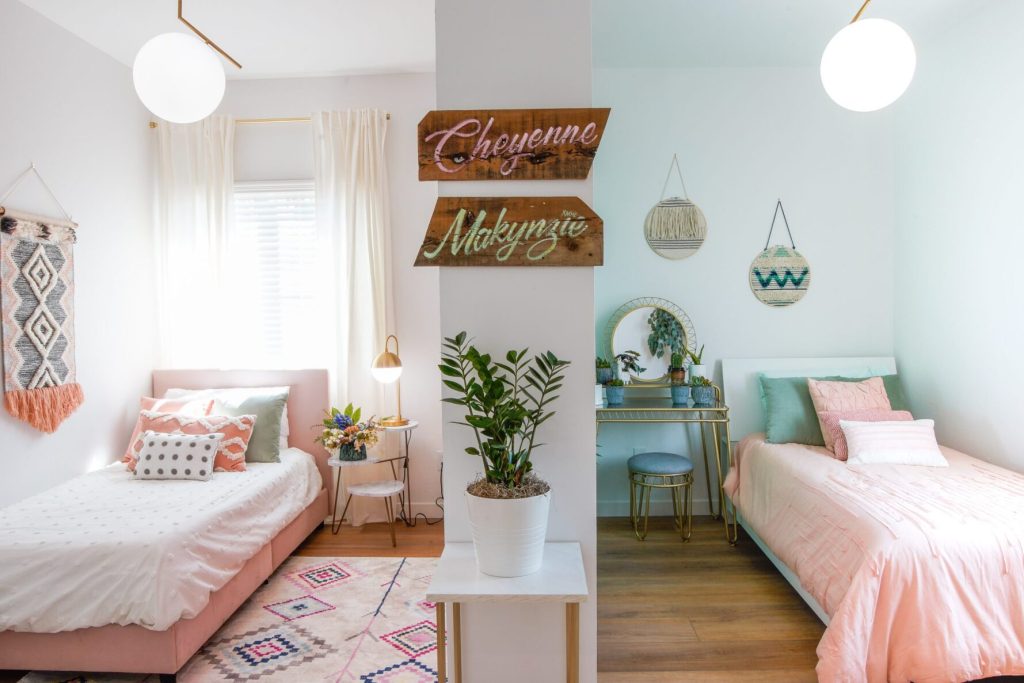
5. The Power of the 80/20 Rule
Originating from the studies of Italian economist Vilfredo Pareto, the 80/20 Rule, also known as the Pareto Principle, suggests that 80% of effects come from 20% of causes. This rule has profound implications not just in economics but also in personal organization and productivity. By identifying and focusing on the crucial 20%—whether it’s tasks, belongings, or relationships—that generate the most significant results, you can eliminate unnecessary clutter that diverts your time and energy.
Consider this scenario: In your work life, a minority of tasks might contribute to the bulk of your performance evaluations or project outcomes. Likewise, in your personal space, you may find that only a small percentage of your wardrobe is worn regularly. Prioritizing these elements ensures that your efforts are laser-focused on what’s most impactful.
- Identify your key tasks: Regularly review your task list and ask yourself, “Which of these will move the needle the most for my goals?” Focus on those few key activities.
- Declutter your belongings: Apply the 80/20 thinking to your household items. Often, you’ll find that a minimal number of items provide the majority of utility or joy. Let go of the rest.
- Prioritize your time: Develop a daily or weekly plan focusing on high-impact tasks during peak productivity hours. By doing so, you can maximize output with minimal stress.
4. Embrace a Digital Detox
In a hyperconnected era where digital devices are almost extensions of ourselves, the necessity for a digital detox is more pressing than ever. This strategy doesn’t mean abandoning technology but rather using it intentionally. By deliberately curating your digital environment, you can reduce distractions significantly and improve focus.
Imagine going through a day with intermittent digital interruptions; every ping from your phone or email forces your attention away from your current task. Over time, this habit can scatter your focus and reduce the quality of your work output and personal interactions.
- Set boundaries: Allocate specific intervals for reading and responding to digital communications. For example, check emails only twice daily, freeing up substantial blocks of time for focused work.
- Unsubscribe: Eliminate digital clutter by unsubscribing from newsletters and channels that do not enhance your knowledge or joy.
- Limit apps: Regularly audit your applications and remove those that no longer serve your purpose or contribute to your long-term goals.
3. Implement The One In, One Out Rule
Accumulation is one of the primary challenges of maintaining a minimalist lifestyle. The One In, One Out rule offers a simple yet powerful solution: For every new item you introduce into your life, let go of another. This principle encourages conscious consumption and ensures that you prioritize your need over transient wants.
This strategy fosters mindfulness about your buying habits. Before making a purchase, ask yourself if the item will add tangible value or if it’s a fleeting desire.
- Assess new items: Evaluate each prospective item on how it aligns with your lifestyle goals and whether its benefits outweigh its cost in space and resources.
- Give back: Practice generosity by donating an item each time you acquire something new, maintaining balance in your environment.
- Monitor your space: Conduct periodic assessments of your living spaces to ensure that they reflect minimalism’s aesthetics and functionality.
2. Create a Daily Routine
Routines bring rhythm into our lives, helping us perform tasks more efficiently. For a minimalist, a well-crafted daily routine minimizes decision fatigue and structures time efficiently. When each day unfolds predictably, you can channel your energy towards what’s essential.
Think about the last time you faced a cluttered schedule. Decision fatigue likely set in as you flitted from one task to another, unsure what merited your time most. Establishing a steadfast routine can alleviate such chaos.
- Start with the essentials: Pinpoint the non-negotiables of your day, such as exercises, work commitments, or family time, and anchor your day around these pillars.
- Time block: Dedicate fixed periods to different activities, helping delineate work from leisure and ensuring a balanced lifestyle.
- Prepare the night before: Streamline your mornings by prepping your essentials like meals, clothes, or a task list the previous evening.
1. The Art of Mindful Decluttering
Mindful decluttering transcends beyond the physical realm; it extends into emotional and mental domains. It’s a holistic approach encouraging careful consideration of everything—thoughts, commitments, and possessions—allowing for a serene and focused life.
Every item in your home or thought in your mind should be purposefully chosen and cherished. Remove what pulls you away from balance and cultivate an environment—both internal and external—that supports tranquility and focus.
- Take inventory: Regularly review what’s in your physical and emotional space, ensuring each element aligns with your personal and professional objectives.
- Engage your senses: Approach decluttering by using sight, touch, and even emotions to gauge how each object or thought makes you feel.
- Practice gratitude: Acknowledge the role possessions have played in your life before letting them go. This practice imbues your actions with mindfulness and respect.
In conclusion, adopting a minimalist lifestyle aligned with strategic personal organization can invigorate your days with clarity and purpose. Implement these strategies not only to clear out the physical spaces but also to allow for a more meaningful journey through life, one that’s focused on what truly enriches your existence.
| Category | Key Features | Advantages | Disadvantages | Ideal Beneficiaries |
|---|---|---|---|---|
| Time Management Techniques | Methods like the Pomodoro Technique, time blocking, and to-do lists. | Enhances focus and productivity while reducing procrastination. | Requires discipline to maintain consistency; may be overwhelming for beginners. | Professionals and students looking to optimize their workflow. |
| Decluttering Strategies | Techniques like the 30-Day Minimalism Game or sentimental value assessments. | Fosters a clearer mental space and reduces stress by removing excess physical clutter. | May initially lead to emotional challenges tied to possessions. | Individuals transitioning to a minimalist lifestyle seeking clarity. |
| Digital Organization | Apps and tools like Evernote, Trello, and cloud storage solutions. | Streamlines access to information and enhances collaboration regardless of location. | Potential for data overload; requires regular maintenance of digital spaces. | Remote workers and anyone managing significant digital tasks. |
| Mindfulness Practices | Activities such as meditation, yoga, and journaling. | Encourages mental clarity and improved emotional well-being, contributing to overall efficiency. | May require time to see significant benefits; not everyone may be receptive to these practices. | People seeking balance in high-stress environments. |
The strategies outlined in this table represent effective approaches to personal organization that align seamlessly with a minimalist lifestyle. Each category offers unique benefits, facilitating a more focused and efficient way of living, while also coming with their own sets of challenges. In navigating this path, examining which strategies resonate most with individual needs can pave the way for a more fulfilling minimalist journey.
Frequently Asked Questions on Personal Organization Strategies for a Minimalist Lifestyle
What is a minimalist lifestyle, and how does it relate to personal organization?
A minimalist lifestyle, at its core, involves reducing excess and focusing on what truly matters. This philosophy is not just about decluttering your physical space but also about simplifying your schedule, commitments, and digital life. When you practice minimalism, personal organization becomes a natural extension of this mindset. By eliminating non-essential items and tasks, you can better prioritize your time and resources, ultimately enhancing your efficiency and focus.
How can I start implementing personal organization strategies within a minimalist lifestyle?
The first step to implementing personal organization strategies in a minimalist lifestyle is to assess your current situation. Identify areas where clutter and inefficiency exist—be it your home, work environment, or digital space. Begin with small changes, like digitizing documents or creating a streamlined daily routine. Utilize tools like planners or productivity apps to maintain focus, and regularly review and declutter both physical and digital items. Consistency is key, so establish habits that support your minimalist goals.
What are the most common challenges when integrating personal organization into a minimalist lifestyle?
One of the most common challenges is overcoming the attachment to material possessions and the fear of missing out on experiences or opportunities. It may also be difficult to manage expectations from others who may not understand your minimalist approach. Additionally, creating and maintaining new habits requires effort and persistence. To address these challenges, set clear goals that align with your minimalist values and seek support from like-minded communities or resources that can offer guidance and encouragement.
How does a minimalist lifestyle impact productivity and efficiency?
A minimalist lifestyle can significantly enhance productivity and efficiency by promoting clarity and focus. By minimizing distractions and reducing the clutter—both physical and mental—you free up space for creativity and problem-solving. Additionally, decluttering your schedule allows for dedicated time on high-priority tasks leading to improved workflow and better time management. As a result, many people find they accomplish more with less stress and increased satisfaction in their day-to-day activities.
Are there any tools or apps recommended for those adopting a minimalist lifestyle for personal organization?
Yes, there are several tools and apps that can assist in maintaining a minimalist lifestyle through effective organization. For instance, apps like Todoist or Trello can help in task management and maintaining focus. Note-taking apps such as Evernote allow for digital decluttering by storing information in an accessible manner. Additionally, calendar apps like Google Calendar help streamline scheduling and time management. These tools assist in aligning your daily activities with your minimalist goals, ensuring both productivity and peace of mind.
Conclusion
Adopting personal organization strategies to enhance efficiency within a minimalist lifestyle is not just a trend; it is a transformative approach to living meaningfully with less. Throughout this article, we have explored various strategies that are vital in attaining this goal. The top strategies include decluttering mindfully, prioritizing essentials, implementing a digital detox, creating a streamlined schedule, and practicing conscious consumption. Each of these elements plays a critical role in not only organizing our spaces but also refining our mental clarity and focus.
The minimalist lifestyle encourages individuals to eliminate excess in all forms, thereby allowing them to concentrate on what truly matters. By integrating these organization strategies, one can achieve an optimal balance between possessions, responsibilities, and personal goals. This, in turn, leads to improved productivity, reduced stress, and a deeper appreciation for life’s simple pleasures.
It is important to recognize that minimalism and personal organization are not about depriving oneself but about enhancing quality over quantity. These methods demand a commitment to self-awareness and a willingness to continuously adapt and refine one’s habits. The promise of a more managed and efficient life is attainable for anyone willing to explore and embrace these ideas.
As the minimalist movement continues to gain momentum, the relevance of personal organization strategies becomes increasingly significant. These practices not only aid in maximizing efficiency but also contribute to a more sustainable and fulfilling lifestyle. For those intrigued by these concepts, further investigation into the broader implications of minimalism can offer profound insights and opportunities for personal growth.
